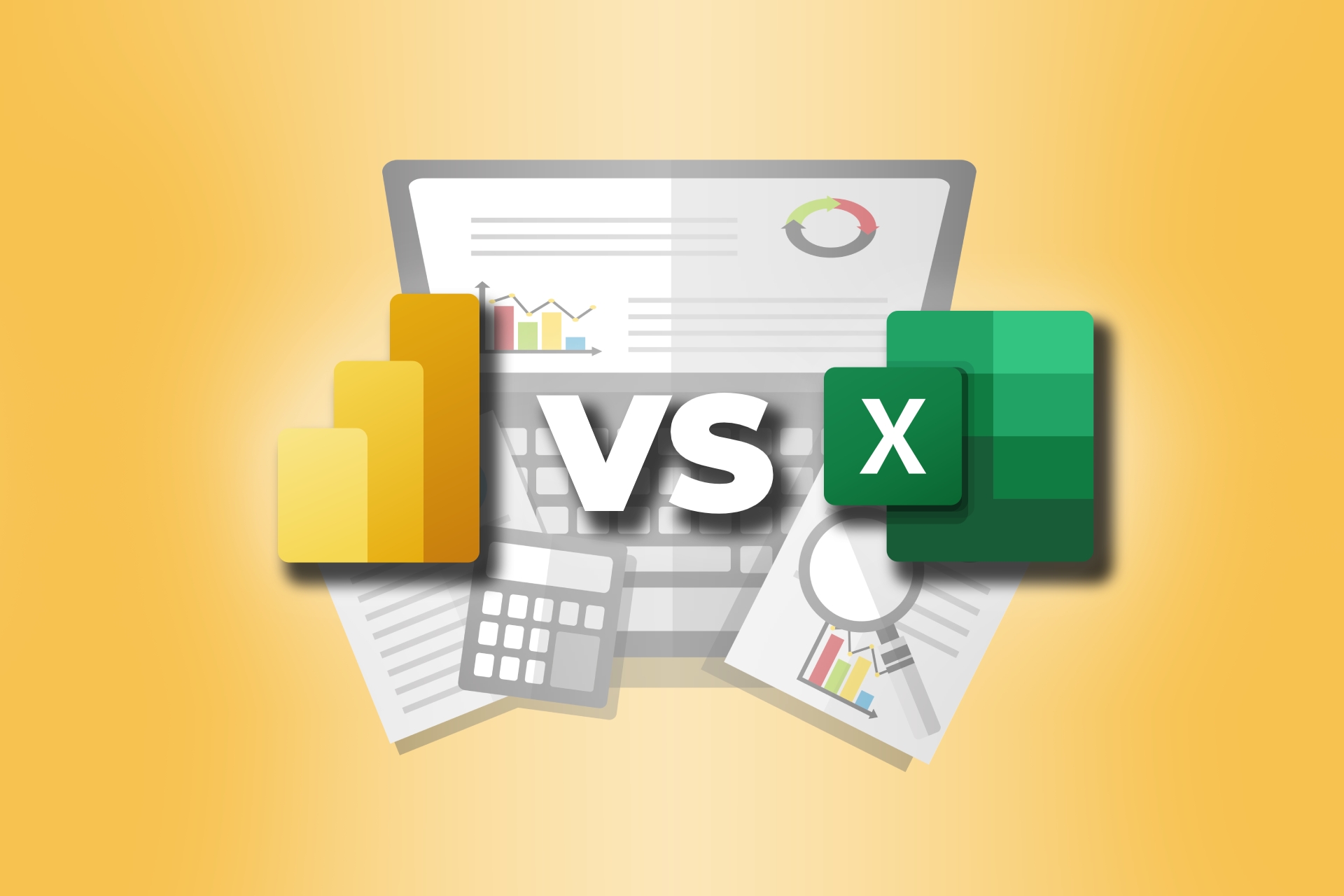

Basically this was some fancy wrapping around a document library in SharePoint Online launched via a Power BI SharePoint app.

If you had an Office 365 subscription, you could add Power BI for a per-user per month fee. Monitor the health of your business using a live dashboard and create rich interactive reports…”Īround July of 2013, it was announced at the Worldwide Partner Conference a new feature set was coming. “Power BI is a cloud-based business analytics service that gives you a single view of your most critical business data. One of those offerings was a service called Power BI. You can add additional optional services a la carte to your subscription. For one price you get email hosting, SharePoint sites, OneDrive, licenses for Microsoft Office, etc. All this was great, but what about the server side of this? Where do we put all these Excel files?Īs you likely know, Microsoft has its cloud-hosted service offering called Office 365. So while all this was going on at the client level in Excel, another initiative started. Looking for Power Pivot samples? Get them here! You don’t need Access, you can build a complete relational data model in Excel! How cool is that?

Got it? These add-ins are really game changers, and put all the power at the hands of the business, not IT.

Ok so you want to make a “dashboard” of sorts. Sweet! To be sure we’re all on the same page, let’s clear up any confusion on these Power add-ins.
#Excel power bi download download
The Power Pivot add-in was now included (but had to be enabled), we still had to download Power Query, but now we could also download Power Map. You could build your data and visualizations in Excel, then upload them to a SharePoint site that had Power Pivot configured, which allowed web-based consumption of these great new visuals.
#Excel power bi download install
These add-ins were free, but you had to download and install them. Add-ins for Excel 2010 were released which included Power Pivot and Power Query. This was required to lay the foundation for the base technology to really catapult the transformation of BI as you know it. This began with the introduction of Power Pivot and Power View functionality introduced in SQL Server 2012. Microsoft has been putting tremendous effort into changing the game of Business Intelligence, wrenching it from the clutches of data analyst / report creator / SQL guru (think PerformancePoint 2007, SQL Server Reports, SQL analysis and integration services) and making it accessible for the savvy business user. How Did We Get Here? And What’s Power BI? “Bring the power of data to every user in your organization” In your Office 365 Message Center, you might have seen this message on the right. Honestly I believe it’s for the better, but there are a few things that still haven’t come to fruition. I’ve been wondering when this would happen for quite a while now, and its finally happened. It had a good run, but Microsoft is finally killing off the initial iteration of Power BI to let its new service move in and run the show. As it happens with Microsoft products, there are two competing versions of the same thing and eventually one gets phased out.


 0 kommentar(er)
0 kommentar(er)
